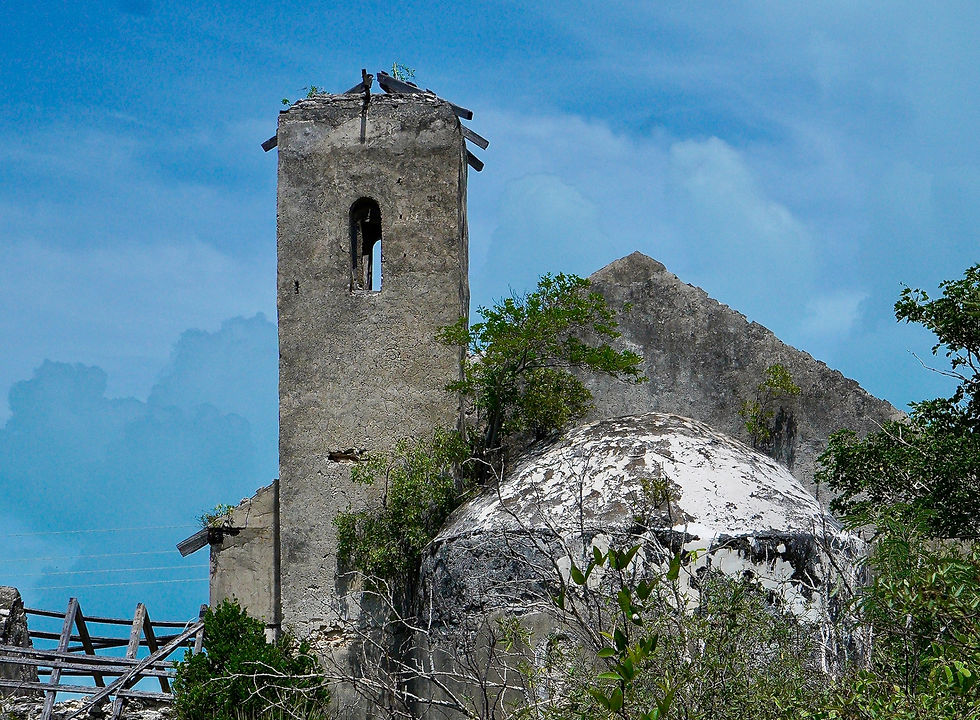Title
Settlement
Text
Land Grant Number
Acres
Date
Text
Text
Text
Give a brief description of the inhabitant. The man. The legend. Do we know any significant details about these guys? If yes, great! Include that here. If not, then this can just be ignored.

Alexander Begbie
Settlement
Hamilton
Grants
Not on L&S map - Tatnall only
Alexander Begbie. Origin: Loyalist.
Alexander Begbie was granted 500 acres in the Hamilton area of Long Island on 16 December, 1789. This parcel was bounded by the land of Robert Holliday, James Stevens, and James Clements, and the sea. Originally issued on 29 March 1786 (a very early grant), Begbie’s grant states that he was a Loyalist, and that he was given a 10-year waiver on payment of quit rent.
Alexander Begbie’s father, Dr. Francis Begbie, was a surgeon in the Georgia Rangers. His father’s death was announced in the Bahamas Gazette, 3 January 1792, and stated he was formerly of Georgia, so apparently both father and son emigrated to the Bahamas, though neither are on the List of Loyalists Banished from Georgia 1783.
Begbie arrived in Nassau on 25 September 1784, where he was a merchant, and for several years was in business with Walter Turnbull, who was a refugee from East Florida. An ad for merchandise gave the Begbie store location as “Store on the Bay.” On 29 March 1786, he received a preliminary grant for his Long Island parcel; this is most likely the grant listed above for 500 acres, issued before Great Britain officially owned the Bahamas.
In 1796, Begbie was promoted from Lieutenant to Captain in the Military, and later that year he was appointed “Commissary of Stores and Provisions for His Majesty’s Forces.” He was also a senior member of His Majesty’s Council of “These Islands” (the Bahamas).
On 5 September 1797 Begbie manumitted (emancipated) his mulatto woman named Harriet and her children: John, James, Eleanor, Harriet. Often when this was done, it was because he had been involved with the woman and fathered children who were also his slaves, as appears to have been the case with Begbie, who died 20 April 1814. In his will he names his seven children: John, Eleanor, Harriet, Susan, Annie, Charles, Francis.
Reference: Parrish
